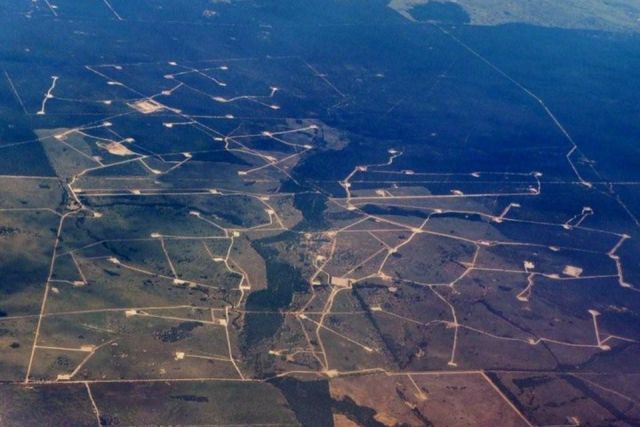
Groups campaigning to stop the roll out of coal seam gas (CSG) mining have slammed federal resources minister Martin Ferguson for his attack on two Southern Cross University scientists who released results of their research into the CSG industry’s greenhouse gas emissions.
The results — based on what the scientists called “the first independent observations of greenhouse gases in the atmosphere of a CSG field in Australia” — found very high levels of methane in the atmosphere near CSG mines. Methane is a powerful greenhouse gas, with a warming impact many times greater than carbon dioxide.
The research looked at the unintentional, or fugitive, emissions of methane gas that escaped into the atmosphere from the Tara coal seam gas field in Queensland’s Western Downs. Tara is Australia’s largest gasfield.
The normal background concentration of methane is 1.8 parts per million. But the preliminary results from research by Dr Isaac Santos and Dr Damian Maher found far higher levels in the Tara gasfield, with some areas close to seven parts per million.
The results look damning for the CSG industry, which has steadfastly claimed it is a climate-friendly fuel. But Maher said on November 14: “These [CSG fugitive emissions] results are higher than values reported for conventional gas production fields in Siberia, one of the world’s largest natural gas production areas.”
At an energy industry conference in Sydney, Ferguson accused the scientists of lacking professionalism and seeking “short-lived media opportunities”, the November 20 Sydney Morning Herald reported. Ferguson also admitted that he had not read the study.
On November 21, the Lock the Gate Alliance called on Prime Minister Julia Gillard to sack Ferguson for his “unprecedented attack on independent science”.
Lock the Gate’s Carmel Flint said: “The statements made yesterday by Martin Ferguson are an unprecedented attack on science and a disgraceful smear on the scientific integrity of Southern Cross University and its researchers.
“It seems that the Minister is so enamoured of the coal seam gas industry that he is incapable of making balanced or informed decisions about resource extraction in this country.
“The University has made it clear that the preliminary research was released in order to provide input into federal government policies on carbon accounting and coal seam gas. It is extraordinary that the federal government would invite submissions into measuring greenhouse gas emissions and then attack the scientists who responded to it.”
The Australian Petroleum Production and Exploration Association (APPEA) — the CSG industry’s peak body – also attacked the scientists, saying their research was “biased against coal seam gas” and “seems squarely aimed at natural gas production”.
However, Santos and Maher’s study did compare the Tara gasfield results with other known methane sources. They compared the CSG results with measurements at “a wetland, sewage treatment plant, landfill, urban area and a bushfire”.
Most of all, the CSG industry is worried that the news of big fugitive emissions will cost it billions of dollars. Until now, the industry has claimed its emissions are very low. But now that claim is being scientifically tested for the first time.
Beyond Zero Emissions said the Southern Cross University research, and similar research in the United States, indicates the CSG industry’s fugitive emissions could be 10 to 40 times higher than it now claims. BZE said this could cost the industry up to $3.8 billion under the carbon price if the projected 30,000 CSG wells go ahead.
The Southern Cross University research lends more weight to the call from anti-CSG community groups for a moratorium on the industry to allow for a full scientific investigation of its impacts. In particular, how the CSG industry’s leaky wells affect human health must be thoroughly investigated.
In July, the Lock the Gate Alliance said the Tara area faced “a major health emergency”.
It said “residents of the area have complained about health issues like nose and ear bleeding, skin rashes, dizziness and nausea, fatigue and sleeplessness, and they are linking these symptoms with gas smells and coming into contact with bore water that is contaminated with methane and other gases.”